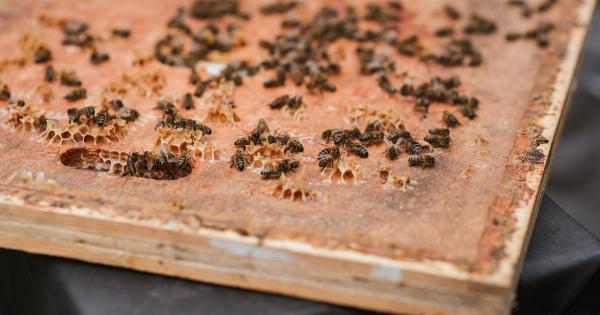Food allergies are becoming increasingly common among children, and wheat allergy is one of the most common types of allergies affecting kids. If your child has been diagnosed with a wheat allergy, you’re probably wondering what to do next.
In this article, we’ll go over the basics of wheat allergy and give you some tips on how to manage your child’s condition.
What is a wheat allergy?
A wheat allergy is an immune system response to one or more of the proteins found in wheat. When a person with a wheat allergy consumes wheat, their body sees the wheat proteins as foreign invaders and produces antibodies to fight them.
The antibodies trigger the release of histamine and other chemicals, which can cause a range of symptoms.
What are the symptoms of wheat allergy?
Wheat allergy symptoms can range from mild to severe, and can include:.
- Hives
- Rash
- Itching
- Nausea
- Vomiting
- Diarrhea
- Abdominal cramps
- Wheezing
- Coughing
- Difficulty breathing
- Anaphylaxis (a severe allergic reaction)
How is wheat allergy diagnosed?
If you suspect that your child has a wheat allergy, you should consult a doctor for a proper diagnosis. Your doctor will likely perform one or more of the following tests:.
- Skin prick test: a small amount of wheat protein is placed on the skin, and the skin is pricked to see if a reaction occurs.
- Blood test: a sample of blood is taken and tested for the presence of wheat-specific antibodies.
- Oral food challenge: under medical supervision, your child eats small amounts of wheat to see if a reaction occurs.
How can I manage my child’s wheat allergy?
The only way to manage a wheat allergy is to avoid wheat and wheat-containing products. Here are some tips to help you keep your child safe:.
- Read food labels carefully: wheat can be found in many unexpected foods, such as sauces, gravies, and even ice cream.
- Avoid cross-contamination: keep your child’s food separate from anything that contains wheat, and use separate utensils, cutting boards, and cooking surfaces.
- Inform others: make sure your child’s school, daycare, and other caregivers are aware of their allergy and know how to keep your child safe.
- Carry medication: if your child has a severe allergy, make sure they always carry an epinephrine auto-injector (such as an EpiPen) in case of an emergency.
What are some wheat-free alternatives?
Fortunately, there are many wheat-free alternatives available. Here are some common wheat substitutes:.
- Rice
- Corn
- Potatoes
- Quinoa
- Buckwheat
- Amaranth
- Millet
- Teff
- Oats (make sure they are labeled gluten-free)
What about gluten-free products?
Gluten-free products can be a good option for people with wheat allergy, as long as they are made with wheat-free ingredients. However, it’s important to keep in mind that gluten-free doesn’t necessarily mean wheat-free.
Some gluten-free products may still contain wheat, so make sure to read the labels carefully.
Conclusion
A wheat allergy can be a challenging condition to manage, but with the right strategies in place, you can help keep your child safe. Remember to read labels carefully, avoid cross-contamination, inform others, and carry medication if necessary.
With a little bit of planning and preparation, your child can still enjoy a wide variety of delicious, wheat-free foods.





























